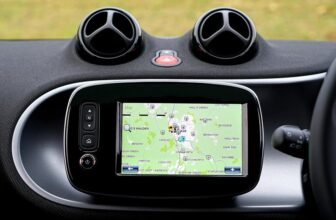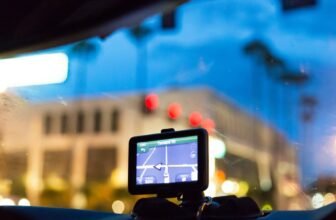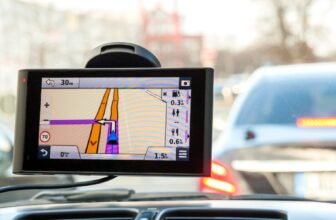
If you're seeking the ultimate precision in your hiking adventures, the quest for the most accurate GPS device is crucial. With a myriad of options available in the market, determining which one excels in tracking performance can be a challenging feat. You might be surprised by the intricate details and features that set apart the top contenders in this field. Stay tuned to uncover the secrets behind pinpoint accuracy and discover the GPS device that could revolutionize your hiking experience.
Factors Affecting GPS Tracking Accuracy
To ensure accurate GPS tracking while hiking, understanding the factors that can affect its precision is crucial. One key factor impacting GPS accuracy is satellite signal obstructions. Thick tree canopies, steep terrain, and tall buildings can interfere with the signals received by your device, leading to inaccuracies in tracking your location. Additionally, weather conditions like heavy cloud cover or storms can also disrupt satellite signals, affecting the reliability of your GPS readings.
Furthermore, the quality and sensitivity of the GPS receiver in your device play a significant role in tracking accuracy. High-quality receivers with multiple satellite connectivity are more likely to provide precise location data compared to lower-end models. It's essential to consider the GPS device's antenna size and the number of satellite systems it can connect to when aiming for accurate tracking on your hikes.
Understanding these factors and how they influence GPS tracking can help you make informed decisions when selecting a device for your outdoor adventures. By being aware of these variables, you can enhance the accuracy of your GPS tracking and have a more reliable navigation experience while exploring the great outdoors.
Comparison of Top GPS Devices
When comparing top GPS devices for hiking, consider their features and performance to find the best fit for your outdoor adventures.
The Garmin GPSMAP 64st boasts a high-sensitivity GPS and GLONASS receiver, preloaded TOPO maps, and a 3-axis compass with barometric altimeter for accurate tracking and navigation.
On the other hand, the Suunto Traverse Alpha offers GPS/GLONASS navigation, topographic maps, and a durable build suitable for rugged terrains.
If you prefer a touchscreen interface, the Garmin Oregon 700 provides a user-friendly experience with built-in Wi-Fi, Bluetooth, and ANT+ connectivity for sharing data and pairing with sensors.
For a budget-friendly option, the Garmin eTrex 20x offers a compact design, enhanced display, and support for geocaching.
The Satmap Active 20 stands out with its large touchscreen, long battery life, and comprehensive mapping options.
Ultimately, the best GPS device for you depends on your specific needs and preferences while exploring the great outdoors.
Field Testing and Reviews
Field testing and reviews provide valuable insights into the real-world performance and usability of GPS devices for hikers. When considering a GPS device for your hiking adventures, it's essential to look at field tests and reviews to understand how these devices perform in varying conditions. Reading about the experiences of other hikers can give you a better idea of how a particular GPS device functions on the trail.
Reviews often highlight key features such as accuracy, battery life, ease of use, durability, and additional functionalities like mapping options. Field tests can reveal how well a GPS device maintains signal reception in dense forests, steep canyons, or under challenging weather conditions. These real-world scenarios can help you determine if a device meets your specific hiking needs.
Pay attention to reviews that mention the reliability of the GPS signal lock, the clarity of the display in different lighting conditions, and the overall user experience while navigating trails. By considering field testing and reviews, you can make a more informed decision when selecting a GPS device for your hiking excursions.
Tips for Optimizing GPS Accuracy
Improve your GPS accuracy by adjusting settings based on your hiking environment and ensuring clear line of sight to the sky. Start by enabling WAAS (Wide Area Augmentation System) or EGNOS (European Geostationary Navigation Overlay Service) if your GPS device supports them, as these systems enhance accuracy.
Additionally, set your device to use GPS and GLONASS or Galileo for improved satellite coverage. Prior to your hike, update your GPS device's firmware and satellite data to ensure optimal performance.
While on the trail, avoid dense tree cover, tall buildings, or narrow canyons that can obstruct satellite signals. Try to hike in open areas or on higher ground for better reception. Keep your GPS device away from other electronics that may cause interference.
Regularly calibrate your compass and ensure a clear view of the sky by periodically checking for obstructions like foliage or body-mounted gear.




